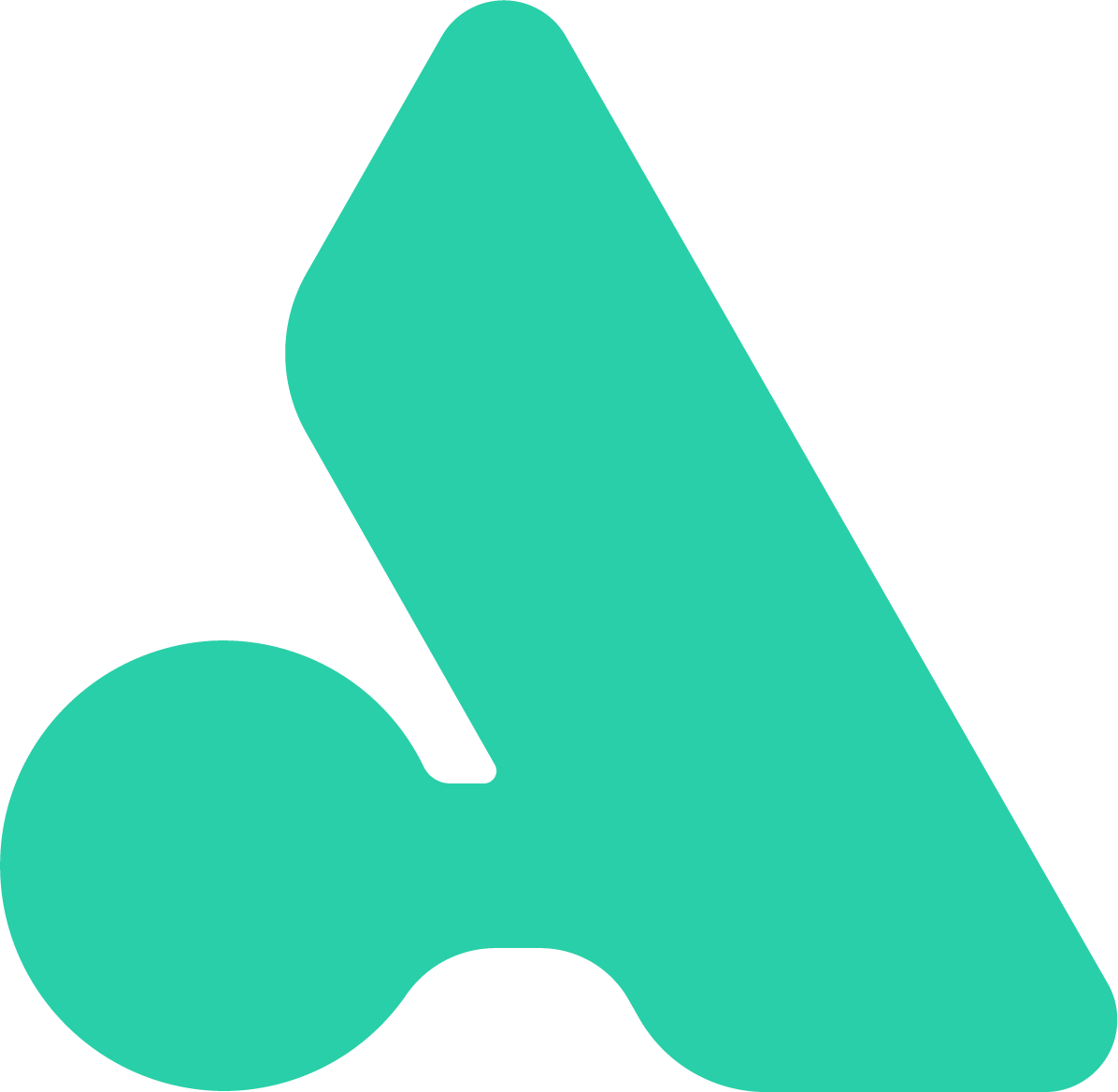Digital PR Agency London
Type A are a digital PR agency with a difference. We use data journalism to get our clients into newspapers and magazine, consitently achieving linked coverage without the need to constantly publish new creative.
Build a perpetual link machine with zero flop risk
Traditional link building techniques create patterns that are often ignored by Google whilst links from digital PR campaigns drive real results. However, pitching stories to national media carries a flop risk that simply buying links does not.
Therefore, we have created DISCO our digital PR process to reduce flop risk to zero.
We create 4-6 interactive content pieces per year that can be pitched to journalists year round. The more content we have, the more stories we can pitch. As the content is interactive, it fits multiple themes in your editorial calendar giving us the ability to have an “always on” approach to outreach. Creating a perpetual link acquisition machine on your website.
DISCOVERY
Plan digital PR opportunities
IDEATION
creative campaign ideas
SIGN OFF
Signs off 6 months of ideas
CREATION
from data to Deployment
OUTREACH
Pitching angles to journalists
Discovery
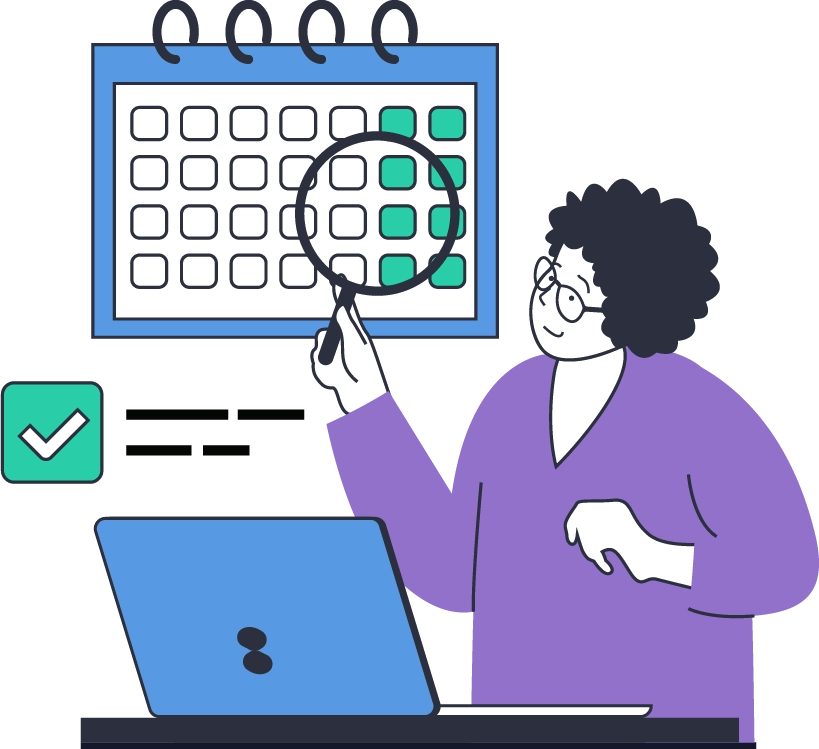
Understand where your brand fits in the news cycle with an editorial calendar
Mapping out all the major events related to your business allows us to understand the cadence of news that happens around your business. Each event in the editorial calendar has a “theme” which repeats at different times throughout the year. It’s our job to find the most popular themes and create newsworthy content around the themes.
See what works and what flops with a competitor analysis
Nothing kills your digital PR ideas faster than unoriginal ideas. That’s why it’s important that we learn the competitor content that the press loves so we can reverse engineer the content we should be making and the journalists that we should be talking to.
Uncover the stories hidden deep within public datasets
Most of our clients are not sitting on a treasure trove of interesting industry data, therefore we scour the web to find interesting datasets from government, university and private databases.
Ideation

Research the data sources to find the stories with the most legs
Our data and PR team comb through and query all of the datasets to find the most interesting angles, headlines and pitch ideas to build into interactive content.
Build PR ideas that get them hook line and sinker
From working with publishers with billions of clicks we can see patterns and formula in their most successful content. We build angles into the content that cover either Utility, Identity or Social Information. Watch the pitch video above for more details.
Get tons of creative PR ideas pitched to you and your team
We build 4-6 pieces per year but you get 10-20 ideas pitched every 6 months which you 100% own the rights to.
Sign Off
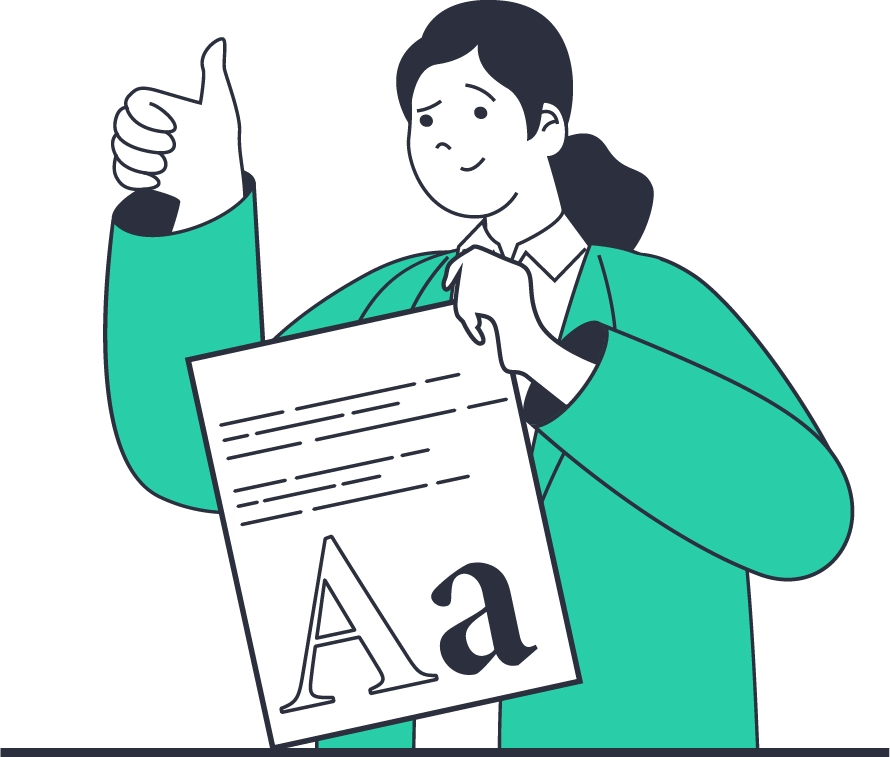
Get all your internal stakeholders to say "hell yeah"
Coming up with cool ideas is easy. Getting the brand team, the marketing team, the external traditional PR agency, the CMO and the office dog to sign off the ideas is much harder. That’s why we create specific pitches for each stakeholder level in the business to get everyone singing from the same hymn sheet.
Shape the ideas to fit your brand guidelines and tone of voice
Build the essence of your brand into every asset so it looks, sounds and acts like you wherever it ends up on the internet.
Get the thumbs up
Get a 6 month rollout plan signed off by all of your internal stakeholders with all ideas approved and get started!
Creating interactive content that earns links forever
The 4Ds process: Data, Design, Development, Deployment.
DATA
Disperate data to salient stories
DESIGN
Attention grabbing designs in Figma
DEVELOPMENT
Bring it to life with development
DEPLOYMENT
Getting the asset on your website
Creation
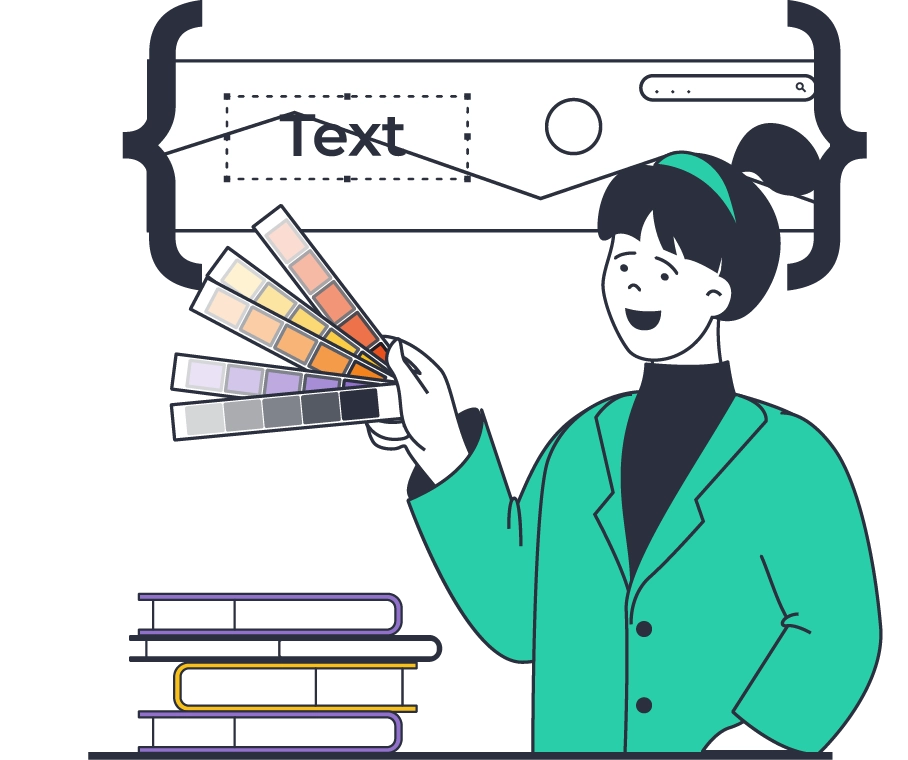
Turn messy datasets into salient stories
Working with our data team our public relations experts shape boring datasets into gripping visualisations that tell interesting stories
Design brand compliant visuals that make the story jump off the page
Get involved with each design stage and work with our designer to get the perfect visual representation of your brand. Starting with wireframes and ending with final Figma designs.
Develop and animate the designs to make high impact interactive content
Our developers bring the designs to life adding filters, buttons, sliders, maps, tables and calculators to the content to make it interactive. Now every button clicks on the asset, the story changes, the journalists changes and we get multiple bites of the outreach cherry.
Deploy the content onto your site
Working with your team we provide either zip files, github forks or hosted iframes of the interactive content to be easily dropped into your site.
Data

Find and create interesting data sets
We have access to hundreds of private and public databases that we can use as the basis for your data journalism campaigns. Whether you have a treasure trove of your own product data, surveys or customer data or whether you have absolutely no data, we can still create compelling digital PR campaigns that feature your brand.
Scrape, Wrangle and Roll your own database
We have in-house data analysts that can turn any online datasource into a clean, functional database to power our digital PR stories.
Write data methodologies that pass editorial scrutiny
It’s all very impressive being bale to scrape a million data sources with the newest development language but the more complex and esoteric your data, the less likely newsroom editors are going to approve a story. That’s why we create data methodologies that are easily checked and verified by journalist and editors.
Design
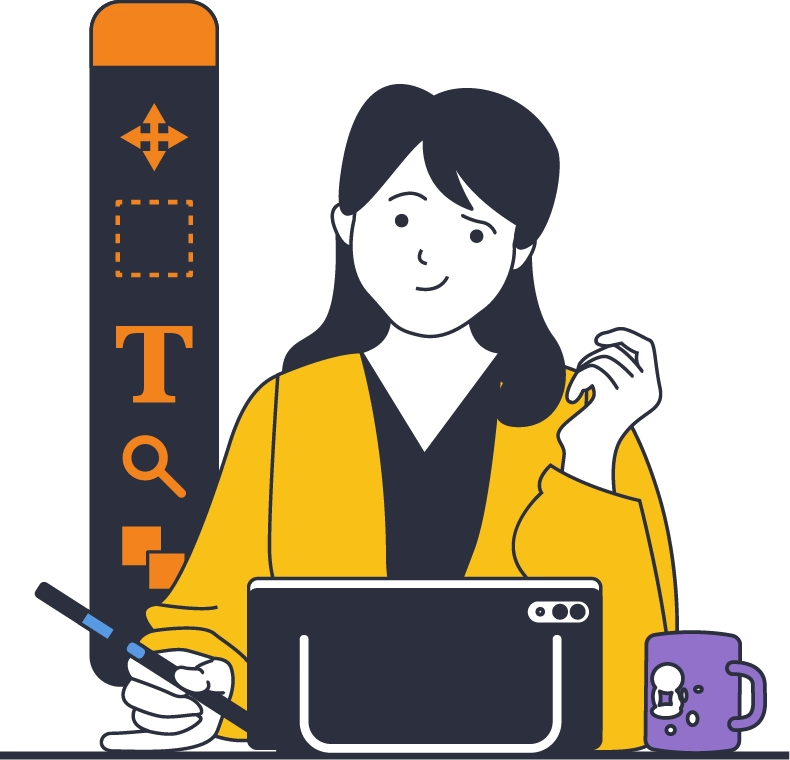
Get involved in each stage of the design process
From wireframes to scamps to final designs you get 2 rounds of design amends with our designer to get your digital PR asset to fit to brand guidelines.
Accessibility and user experience built in to all assets
All of our digital PR assets are built with modern usability and accessibility standards and comply with with all modern browsers and devices
See how the asset will be animated in Figma before we develop the hard copy
With animations in Figma you will be able to see each screen and user journey in our digital PR assets so you know exactly what will end up on your site.
Development
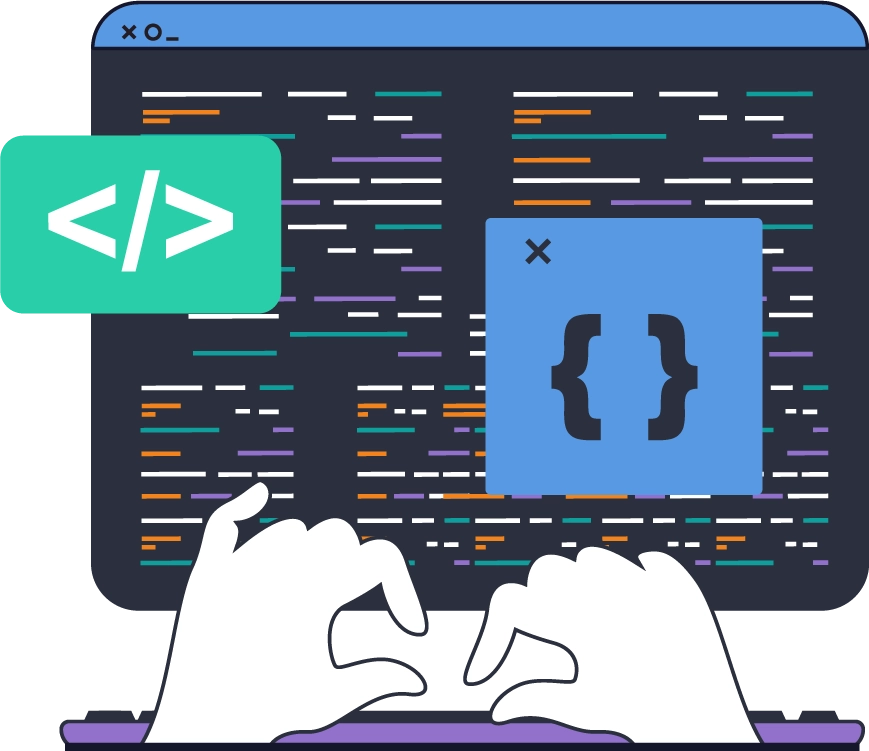
Developed in vanilla javascript to be compatible with 99.99% of all websites
Our assets use the most common technology on the internet to make our digital PR assets interactive. They are optimised for speed and reliability and easily deployed anywhere on your site
Fast 48 hour turnaround
For stories that are hot off the press our development cycle is typically only 48 hours from designs being signed off to the finally coded piece.
Deployment

Frames, Zips or Forks
Getting the asset published to your site is incredibly easy. For those with no developer, a simple iframe all the way to providing access to the code repository on Github to push it into your production environment.
Self hosted or hosted by us
You own the code that powers all of the assets we create however, we can host the asset on Amazon S3 servers to guarantee 99.99% uptime and traffic scaling as required
Published with robust data methodologies, supporting graphics and blog copy
The developed digital PR asset is not the only thing included in our digital PR service, we also produce supporting images and infographics to create an immersive high quality content experience that can generate links over time from the best publications in the world.
Outreach

Build out all the angles and reactive pitches for the month with a RAHP sheet
Build it and they will come does not apply to digital PR. We need compelling well timed pitches to cut through the noise and get journalists to pay attention. This is where the RAHP sheet (Research, Angles, Headlines, Pitch) comes in. Tens of ideas with perfectly matched journalists ready to pitch each month.
Build a list of journalists that would be most interested in the story
Take advantage of our professional subscriptions to media databases all over the world and build big lists of journalists who’s individual beat perfectly match each angle in our RAHP sheet.
Pitch our stories to journalists all over the world with always on outreach
Our team of tenacious PR consultants constantly pitch journalists all over the world to get you linked coverage on some of the biggest websites in the world.
Measure the success of the campaigns each month with a smart scoring system
How do you measure the value of a link? Traditionally, PR professionals use a metric called Advertising Equivalent Value or “EAV” which compares a newspapers advertising rate card to the amount of coverage. This model doesn’t work for digital PR so we have developed a link point scoring system that considers traditional SEO metrics such as DR, anchor text, page placement and link source
Our Digital PR Process: DISCO
In-depth explanation of our Digital PR process: DISCO
The following is an exhaustive overview of how we think about, develop and deliver digital PR campaigns.
Type A have developed the DISCO framework for delivering Digital PR campaigns. DISCO stands for Discovery, Ideation, Sign Off, Creation and Outreach.
Read on for a detailed view of how we use DISCO to deliver Digital PR campaigns that drive high volume and high quality links and brand exposure.
Table of Contents
Link building theory
Link building is a core part of any SEO strategy, but so often it can be either an afterthought or a huge expense with confusing results.
Link building usually falls into two categories:
- Old fashioned, high volume link building that gets a high quantity of links but doesn’t tend to get the quality links you need to show search engines you’re a trusted site. This is easy to do because it values scale over trust, so it might be faster but has a higher algorithmic risk.
- Or digital PR that creates linkable assets, giving high quality publications a reason to link back to your site and does this at scale. Given the high-end targets of this outreach it is much more effective for building authority and trust in your site, but it takes longer and has a higher flop risk.
The latter is what Type A does. But we’ve reduced the flop risk through our robust framework that means we know how to build interesting, useful and, most importantly, linkable assets.
Our Framework
Unlike a lot of agencies, we hate using jargon where we can help it, but we do love a good acronym. So we’ve named our Digital PR process DISCO, which stands for:
- Discovery
- Ideation
- Sign Off
- Creation
- Outreach
We know, you love the name. We do too but mostly because we know it works.
Discovery and Planning
The first phase is when we do our research: who is your target audience, how do they identify themselves, what are they interested in both in line with your product or service and outside in the rest of their lives?
This is a crucial stage and one that’s often overlooked, because you might know your clients and their interests in relation to your offering, but that might not be one of their main identifying factors.
We also work closely with your in-house teams to understand your marketing and PR calendars to make sure we’re helping your wider business growth strategy. Sometimes this is as simple as letting the teams know what we’re planning and when we’re planning it, other times it might mean building business cases to present to other teams or stakeholders.
Ideation
Again, we are an agency so we do need at least one cringe-inducing term in our process and that’s ‘Ideation’.
This phase is where we come up with the pieces that work for your target audience. There are no bad ideas in this session – we want them all because one person’s bad idea could be the one that gets tweaked in the room to become the final piece.
Ideation Framework
At Type A we’ve got a tried and tested framework to make sure these ideations are useful. That we can come out of them with not just ideas for lovely looking assets but that are linkable too.
To do that we make sure all our ideas meet at least one three criteria:
- social information
- identity
- utility
Social Information
Does it either confirm or counter a commonly-held belief. This is probably the hardest to do well so you’ll see fewer of this style of piece published.
Often if you confirm a commonly-held belief even if you’ve used interesting data and an engaging piece, users think ‘yeah, so what’. Which is why this style of piece is most effective if you can counter a commonly-held belief or even stereotype.
Identity
Does it resonate with a specific group of people based on their identity, which could be name, age, gender, politics, where you live etc. You’ll see a lot of articles like this in the news, it gets a lot of user engagement on site and social shares offsite so journalists are often excited by this style of piece.
At Type A we have seen this work well for our Digital PR clients across all sectors because identities are felt so strongly.
Have a look at the Funky Pigeon case study to see how one of our most effective campaigns used the identity factor simply and effectively.
Utility
Is the tool ultimately useful to users, which is often seen in the form of calculators or widgets that perform an action. We see lots of these types of pieces get really effective coverage because they are useful, for example a ‘How many calories in a traditional Christmas dinner?’ calculator would be interesting and evergreen, albeit a little depressing.
Layering the criteria
Where Type A excels is through layering these criteria to make sure our pieces are meeting more than one. What we never want to do is spend a lot of time building something complicated that looks beautiful and functions smoothly on your site but no one cares.
Have a look at our Just Eat Takeaway case study to see how we did this with outstanding results by targeting multiple identity points (location, favourite food) as well as social information (is it true that pizzas are the most popular order for the last ten years?)
Validation
Being the Type As we are, we’re not just satisfied thinking our ideas might work, we need data to prove it, which is why we validate each idea for both data availability and PR viability. It helps us decide what’s going to work best and helps us show you why we show you the final ideas we choose.
Data validation
The first step of the validation process is to find out if the data we want to use exists. So our data analysts review all the ideas we come up with and start to piece together what data we can use from public databases, your first party data, and anything we can scrape using our proprietary scripts.
PR validation
After the ideas are validated with possible data sources they go back to the PR team to validate them with trusted journalists at relevant publications. This is all anonymised so they never know which brand is linked to the ideas, but it gets an idea of whether they would be interested in some of the potential headlines we could use if we went ahead with each idea.
We do this highly targeted for each idea, using trusted journalists at target publications, making sure to get a clear verdict from the journalists we survey.
Sign-off
It’s at this stage we look for sign-off from you. We’ll be confident in the ideas we show you because we can grade them based on data availability and PR validity, so you will be confident in the final asset we choose together.
Creation
Creating the asset the final stage before we can begin outreach, and the most important. The piece has to be executed in line with your brand guidelines, designing an engaging asset that tells data’s story in the best way possible.
This is where our in-house designer excels. When designing an interactive asset, we’re always in line with the javascript D3 library to make the design and development phase straightforward, ultimately reducing the time it takes to create the final tool.
Deploying the asset is what we at Type A have worked hard to make fast and efficient. We understand the complexity of deploying outside code onto all website CMS’ and with varying levels of sign off. Our developers and technical leads can work closely with your development team or external developers from the start to make sure we build the tool in the right way to get it live on the site quickly so we can begin outreach as soon as possible.
For some this is making the asset available on your company GitHub or GitLab profiles, and for others it’s simple iframes – we work with you to make the process as easy as we can.
Outreach
The outreach process is the culmination of our expertise. Our data driven approach supports the execution until the end, because our identity factors from the discovery phase should have defined the outreach opportunities we are able to quickly compile highly targeted lists of publications and journalists.
In this way we can be programmatic in our method of data-first outreach. By building lists tied to identity factors, we’re able to provide accurate data to each journalist that’s relevant to them in every communication at scale.
This is how Type A is able to reach quantity and quality in our outreach.
Measurement
We’re all about the data at Type A. Everything we do has to be data-driven, which means we justify all our decisions in data throughout our Digital PR process. That’s why we’ve built a comprehensive reporting structure that provides you with the confidence you need to understand the value of the work we’re doing, but also the confidence to report about it internally to your stakeholders.
Link Value
Each campaign has a link target, but where we do things differently is that target isn’t about the number of links, it’s a value target based on a range of different metrics. Not all links are valued equally, and we know that often ten bad links don’t add up to even one average link.
We’ve created a link value formula that weighs the following metrics for the sites we’re winning links from:
- Anchor text type – brand, generic or keyword.
- Domain ranking.
- Type of distribution – syndicated or not.
- Type of link – follow or nofollow.
- Canonical – does it self refer or does it refer to another page
- Target page type – campaign, home or product.
- New domain or old and established.
Weekly status updates
As part of our measurement process, we’re transparent about the work we’re doing and why we’re doing it. Some weeks we might not have anything to send you for sign off, but we will always be clear about the work that’s been done and why. At Type A, there is a dedicated team of project managers that are responsible for delivering work on time and to spec.
We pride ourselves on being a headache free agency that helps educate you and your team on what we are doing and why we are doing it.
Monthly reports
During your onboarding we put together a comprehensive report and will be populated as we win links. It’s created with you to make sure we are reporting on the most important metrics inside your business.
This campaign report will be sent out each month with a summary of the latest live links, their value and other metrics like the overall follow rate and the campaign-to-date value. This report is also available to view at any time during the campaign, which you can refer to.
Quarterly business reviews
The SEO results from link building using Digital PR are slow compounded gains over time. Therefore, measuring things after a week doesn’t always make sense.
Our QBRs seek to look at the investment you have made in Digital PR vs the return on investment. We highlight at a top level where we have seen the most significant gains, the opportunities we see to keep growing and the next steps for the coming campaign.
Digital PR FAQs
Digital PR means online public relations and can mean a broad range of things from promoting a brand on social media to getting a brand coverage in a digital newspaper or magazine.
Digital PR is defined as public relations activity online. In the marketing mix of bought, owned and earned media, it typically resides in the “earned” media section. Meaning the actions you take to promote your business “earn” you conversations about your brand.
There are too many digital PR strategies to mention however popular tactics include Newsjacking, Data Journalism and content marketing. Digital PR strategies typically involve a creative idea that takes advantage of the networked nature of the internet to get mass coverage on a topic or brand.
Digital PR and Traditional PR are looking to achieve similar things through different methods. Digital PR requires an understanding of how content is syndicated and shared on the internet whilst traditional PR involves understanding how to influence the traditional media gatekeepers on Radio, TV and Print.
Digital publications are networked and leveraged. This means that the more a story gets featured, it creates a snowball effect with more digital publications talking about it which then gets more social share which then gets more publications to pick it up, etc.
If done correctly, you can get a spike of millions of impressions online with digital PR.
The traditional way to measure PR value is something call AEV or Advertising Equivalent Value. This is fluffy at best and not a good way to measure the value of digital PR. The best option is to make up your own formula with the KPIs that mean most to your business and use internal metrics to decide if you are getting business value. Ultimately, digital PR is a marketing activity so should indirectly affect the sale of goods or services at some point in time.
Digital PR is typically involves lower cost, higher frequency campaigns and therefore can drive faster results at a lower cost than traditional PR.
Regular digital PR campaigns can shape consumers perception of your brand which is incredibly hard and expensive to do with traditional advertising.
